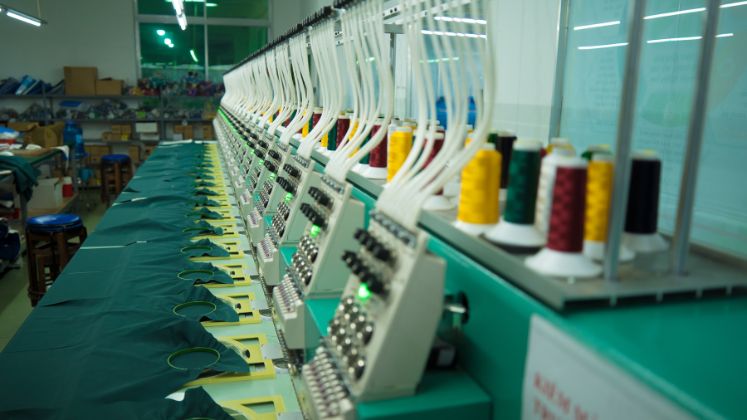The Indian textile and apparel industry has reacted to the news of President Donald Trump imposing a tariff of 25% on Indian imports into the US along with an unspecified penalty on top as a result of India’s trade with Russia. The reactions have been mixed with most being disappointed with the tariff rate but remaining optimistic due to the FTA with the UK as well as the tariff rates on some competing countries being higher.
Rahul Mehta, Chief Mentor, Clothing Manufacturers Association of India said, “The announced levy of 25% is a surprising twist to our expectations on the way the trade talks were proceeding. However, having seen the several about-turns on the tariff front in the case of other countries, I would not press panic buttons right now. But, if the proposed terms do come into effect, it will make our products 7% to 10% more expensive than some of our competitors, and it will certainly hurt our apparel exports to the US. Fortunately, this set-back has come at the time when we have just signed an FTA with the UK, and are proceeding rapidly with an FTA with the EU.”
In a similar vein, the Confederation of Indian Textile Industry (CITI) feels that the new US tariff rate for India presents a stiff challenge for India’s textile sector. However, CITI remains hopeful that the tariff issue will get resolved once the proposed bilateral trade agreement (BTA) between India and the United States is in place.
“Without a doubt, the new tariff rate is going to seriously test the resolve and resilience of India’s textile and apparel exporters as we will not enjoy a significant duty differential advantage vis-à-vis many other countries, except Bangladesh, with whom we compete for a larger share of the US market. The lack of clarity on the penalty amount further adds to the uncertainty for businesses as planning becomes difficult,” CITI Chairman Rakesh Mehra said.
“That said, CITI anticipates the tariff issue to get resolved following the BTA between India and the US. In the interim, we will have to deal with this tough situation in the best manner possible by doing all we can to raise the competitiveness of the Indian textile and apparel domain,” Mehra added.
Rajeev Gupta, Joint Managing Director, RSWM Ltd., echoed the prevailing sentiment and said, “The 25% tariff by the U.S. comes as a temporary setback, especially when expectations were set around 15–20%. While it might lead to a slowdown in the short term, we believe it’s not a long-lasting disruption. Our Free Trade Agreement with the UK opens up varied opportunities and is a welcoming move for the industry. India’s capacity and trained labour constraints remain, what will set us apart is focus on the UK market to ensure sustained business. What remains crucial is clarity on the tariff position against China. A more pressing concern is the undefined penalty clause linked to India’s ties with Russia, which adds a layer of uncertainty.”
Sudhir Sekhri, Chairman AEPC opined, “The tariff of 25% is higher than what we expected but we should not be overly worried as long as Vietnam and Bangladesh tariffs are not revised downward from the current levels. Apparel exports are expected to slow down till the announcement of an interim BTA, hopefully to conclude in October-December 2025. The penalty is a grey area and we hope the Government of India (GOI) will negotiate this with the US before 1st August 2025.”
Sanjay Jain, MD, TT Ltd., says that overall its not good news for India but 25% is still manageable since competitors like Bangladesh and China have higher tariffs. “However the more worrisome thing is the added penalty to the 25% tariff since we do not have it defined as to how much it is going to be. I hope this added amount remains not defined and we stay at 25% where we will be at an equilibrium on an average with our competitors for mainly home textiles and apparel.”
He added by saying, “I do not see India’s exports going down, with both China and Bangladesh having higher tariffs. We were expecting India to have a 20% tariff like Vietnam and Indonesia making them at par and being better relative to the other countries. I do not see this as a negative, it’s just a disappointment from the positivity we were seeing.”
He also had two suggestions to improve the situation – Remove 11% import duty on US cotton and create a pool from oil bill savings due to Russia and give incentives to US exports from 1st August.
He concluded by saying, “We still have the UK FTA and we have the China+ movement in our favour. Also the EU FTA is going on and the EU is looking at buying more from India and reducing its dependency on Bangladesh.”







